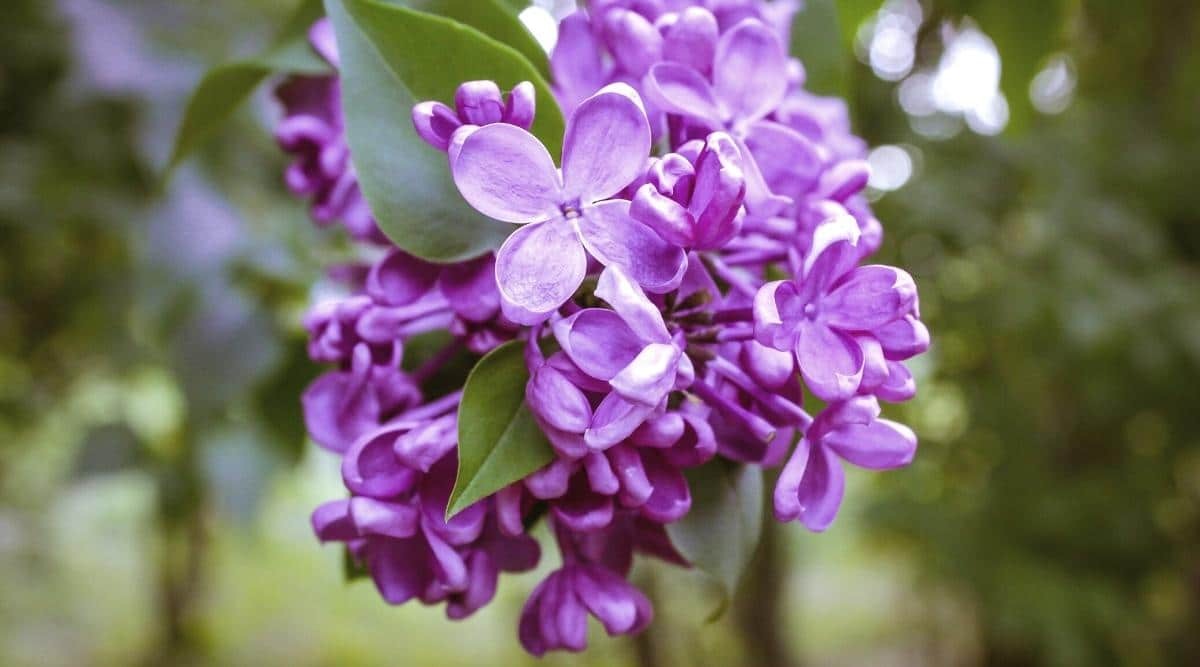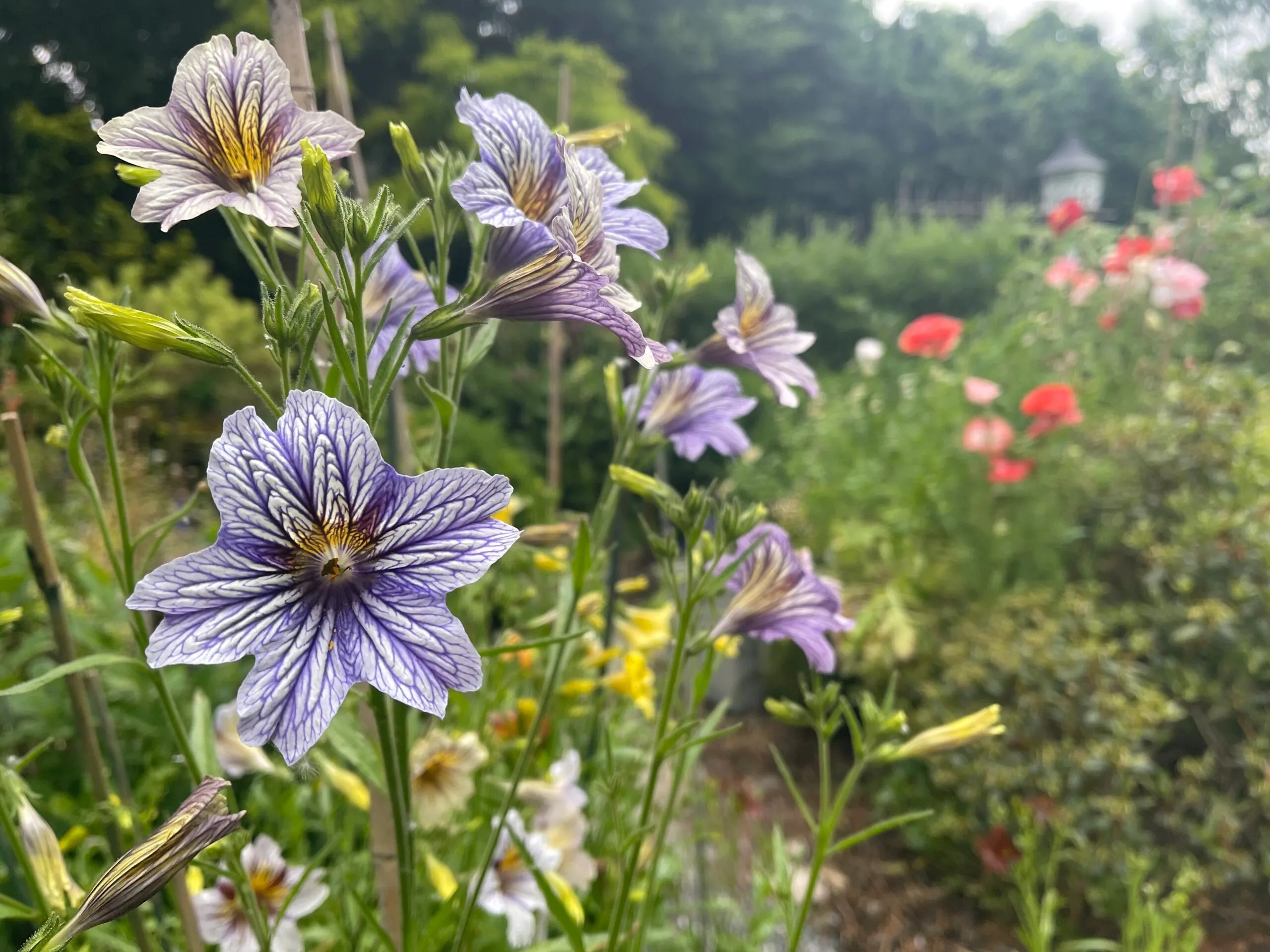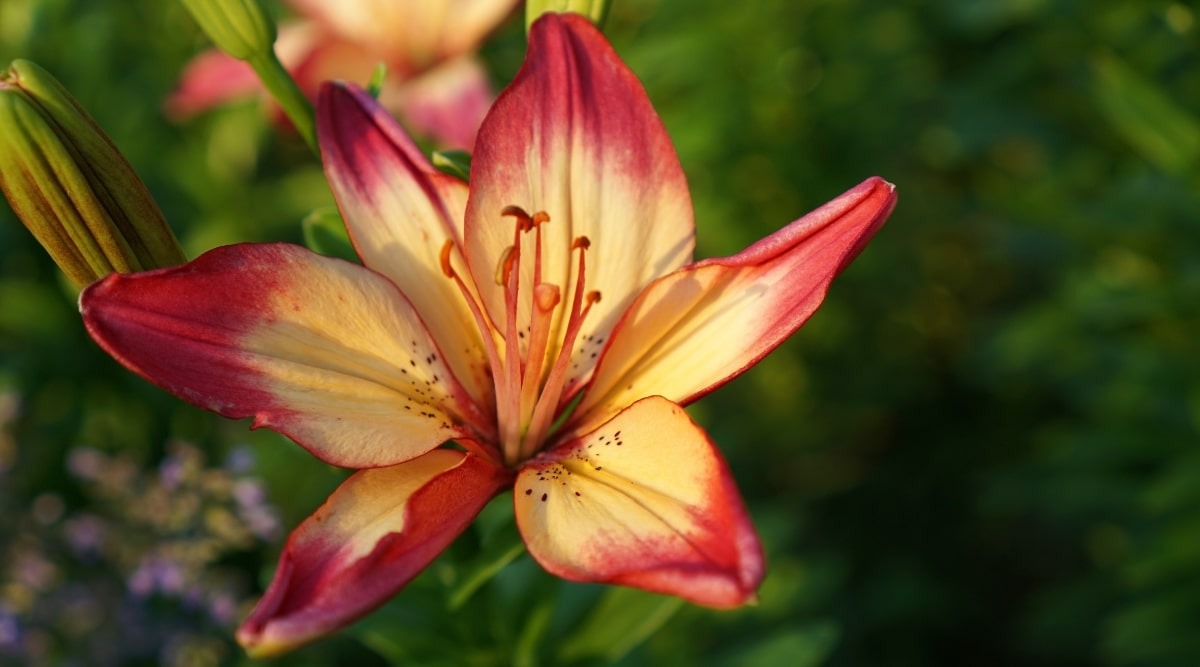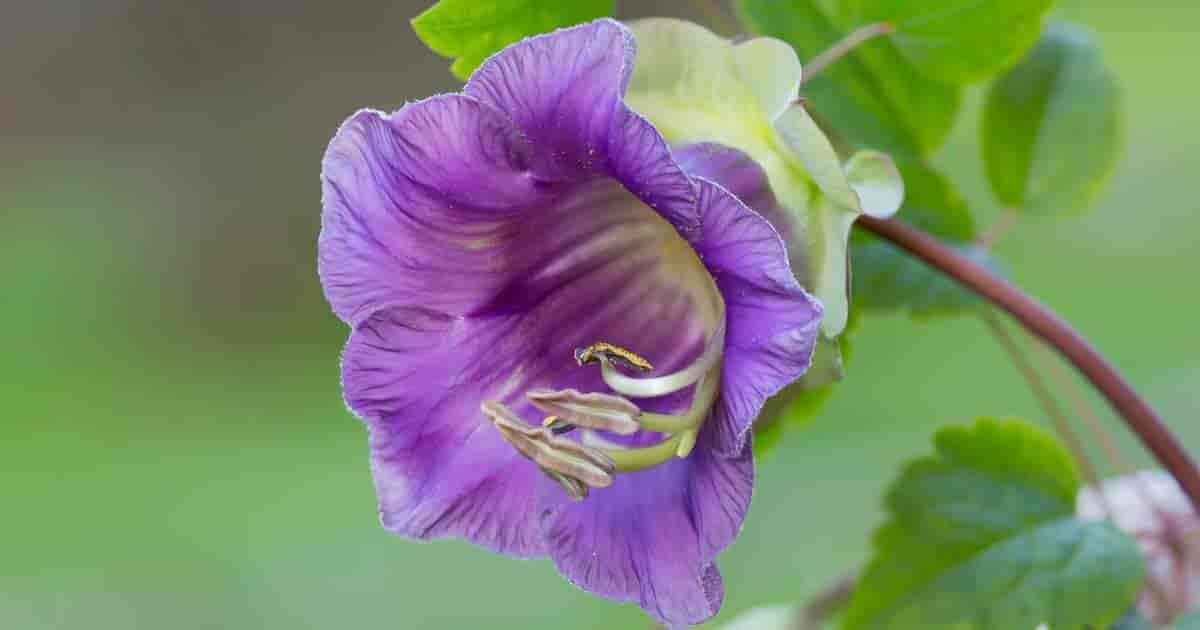Great confusion reigns not only among us, gardeners, about what a fragrant violet is and what is not, but also among botanists. Fortunately, the problem of DNA sequencing seems to be solved. However, while those of us who are interested in such things will change what we write and maybe grow up, they plan to continue to see a lot of confusing and false information about fragrant violets in the written media and social media. Then, of course, there are those countless contributions that confuse the African violet with real frying species. I’m not going to address this confusion here, because most of us know the differences (it’s a completely different plant, not even the same genus or the same plant family).
In short, here is the top line. There are more than 300 species of violas (including pansies and flower Brats) and perhaps thousands of varieties (these different species that are either hybridized or called selections by humans) in the world today. Apart from the few violas or violets that have a scent, we have a handful of species that seem remarkably similar but very different.

The common violet that many in North America have in our gardens (often as a self-seeding pest) is Viola Scoria. You will see this everywhere online, from cake decorating on Pinterest boards to bouquets and dyes. Although edible, it is not exactly the violet that was once candied by the French for such a use, and it does not even smell. This would be the Parma violet that we now know to be correctly classified by taxonomists as any number of named selections of a delicate Mediterranean species Viola alba ssp. dehnhardtii.
You will see Viola alba everywhere on a Google search, but rarely the photos or the plants are the right species. Most of the time, the authors of some blogs or media articles assume that every white violet in your garden is Viola alba. The real species is more rare and tender in cultivation, does not produce seeds and does not spread.
To make matters worse, if you have violets that smell pretty in your garden (in North America or Europe and the UK), it’s probably the sweet violet or Viola odorata. This species seems almost identical to the roasted milkman and other species of violets, but it has a strong fragrance. He also puts seeds and is promiscuous, so there are a lot of color shapes and some are very beautiful in the garden. But it is not the same species of plant as that cultivated by the great producers of violets in the nineteenth century, nor the same violets that Queen Victoria kept at her bed, nor those cultivated for the perfume industry, perfumery, The food industry in sweets and extracts, in liqueur or candied as candied violets.

I am just mentioning this, because you will see many articles on how to use your garden violets in one of the above ways. On fresh cakes or even dipped in egg whites and sugar and used for baked goods, you may not be disappointed, but again, it’s not the same. I have even seen posts on social media about the use of V. scoria or V. odorata in the manufacture of liqueurs, flavoring syrups, etc., but the results must be disappointing, because the rare compound in V. alba, the purple tribes of Parma, is not found-the secret Ionon. Once the only source of this fragrant volatile essential oil, which was now produced synthetically (since 1910, when it practically finished the Parma violet trade) and is not found in any other violet in sufficient quantities.
I continue to be enchanted by a world of Parma violets, but I guess those times are far in the past. But then why do I still have such a fascination for them? I guess it’s like a living history. To be able to feel something from 1830 is magical, and to be able to grow what captivated so many people is something special today.
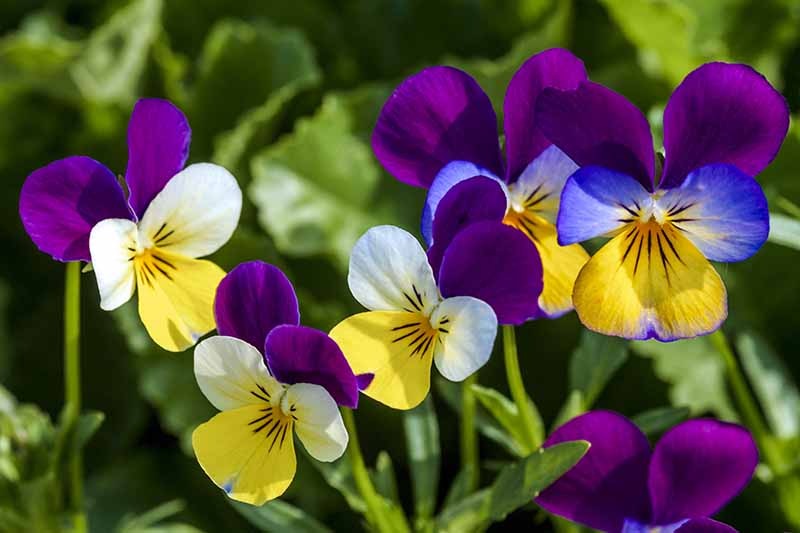
The violets of Parma were once so fashionable, on the grand balls in Paris, at the Opera, their sweet fragrance must be blown through the streets between the coal vapors and the vomit. No wonder people loved him. Almost all Western countries cultivated fragrant violets in the mid-1800s, Russia, France, England, Australia and the United States. Towards the end of the XIX century, ailment began to finish many of the most valuable varieties, which made it difficult to access the flowers. Breeders learned to extract the necessary chemicals from the leaves of plants, which continues to this day in Grasse, France, where most varieties simply do not produce the flowers that the old varieties had. In fact, many farmers have turned instead to growing V. odorata ‘Victoria’ or ‘The Czar’, because they have produced more robust plants with half the necessary chemistry, but more plants can be grown. Who cares if the flowers themselves are not so exciting, because only the leaves are needed.
The most beautiful violets of Parma had long stems, strongly and intensely scented with plush flowers. Breeders often grew them in pots, even in the UK and the USA, the land held hundreds of pots in early beds just to pick them. Some old varieties are supposed to be able to sell 600 to 1000 flowers per week. All this ended shortly after the First World War and the 1920s, when purple went out of fashion. What was once the flower for Christmas, Valentine’s Day or a social event in the spring has died and with it many varieties and cultivators.
